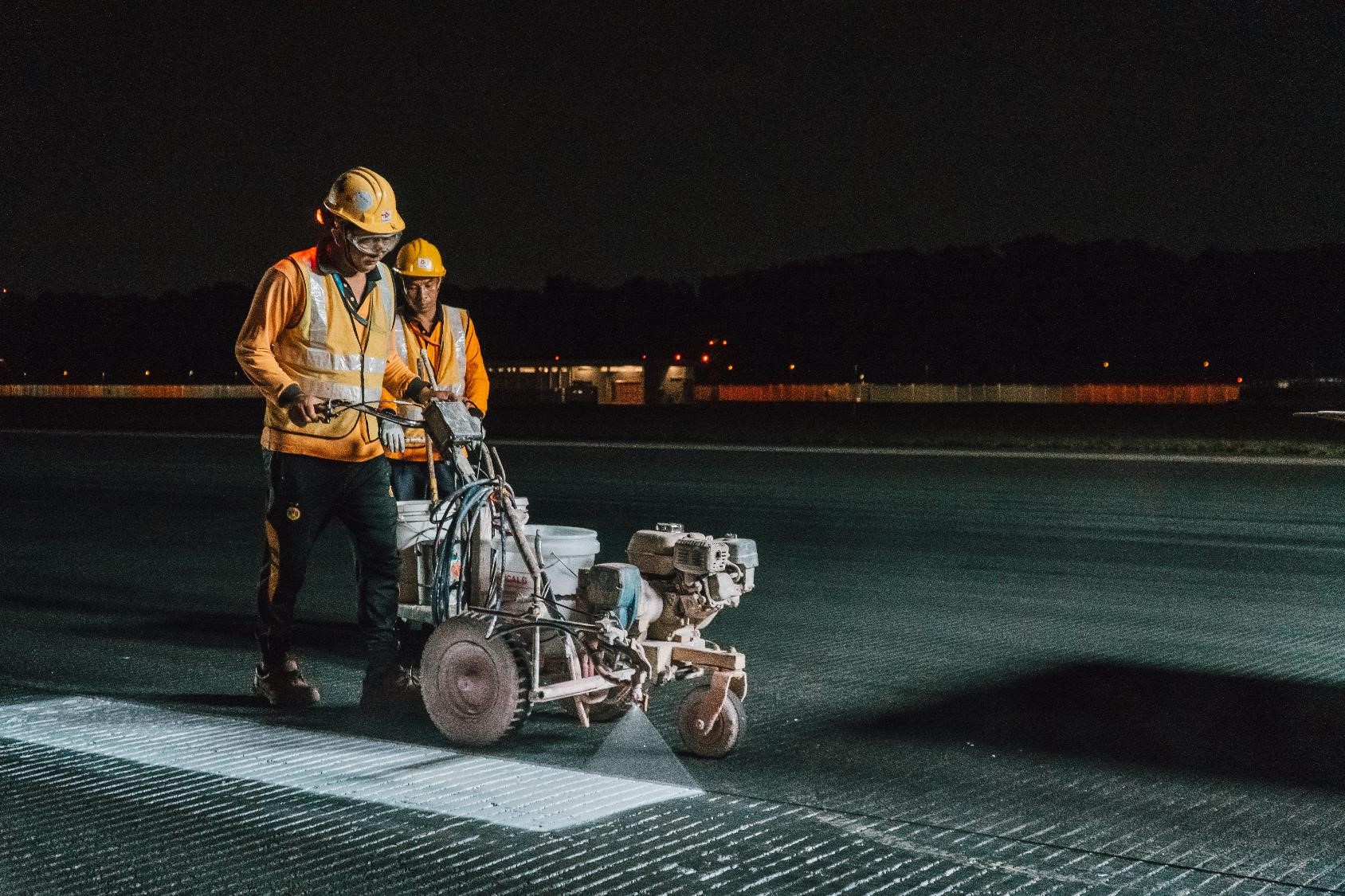


Re-painting Changi’s four-kilometre-long runway
Few people know that thrice a week for about four hours in the dark of the night, Runways 1 and 2 take turns to be closed for maintenance. All landings and take-offs stop -- this is to make way for a close inspection and work on the runway to ensure the overall safety of the airfield.
So much goes on behind-the-scenes in maintaining Changi Airport’s runways. Here are some facts on runway maintenance works that might intrigue you.
1. A time-pressed endeavour that is only done at night



Maintenance crew work in the night to enhance runway safety and productivity
The maintenance team only has a tight four-hour window to carry out works on a four- kilometre-long runway before it needs to reopen for flight operations. As runways are integral to airport operations, any prolonged delay or closure can be disruptive. Hence, maintenance works must happen quickly and efficiently.
Maintenance works usually occur in the middle of the night for practical reasons. Firstly, there is a constant flow of arriving and departing flights in the day and if runway maintenance is conducted during the daytime, it can be disruptive to airline operations. Maintenance at night also allows for a longer uninterrupted window for the crew to work, ensuring that the runway is maintained at its optimal condition. Furthermore, working at night reduces the risk of one’s exposure to hot temperatures in the day. Finally, nighttime maintenance also minimises possible disruptions and noise pollution, as many runway maintenance tasks involve the use of heavy machinery and equipment. By scheduling runway maintenance at night, Changi Airport is able to ensure the safety and peak condition of its runways without compromising daily operations.
2. A ton of logistics to prepare beforehand
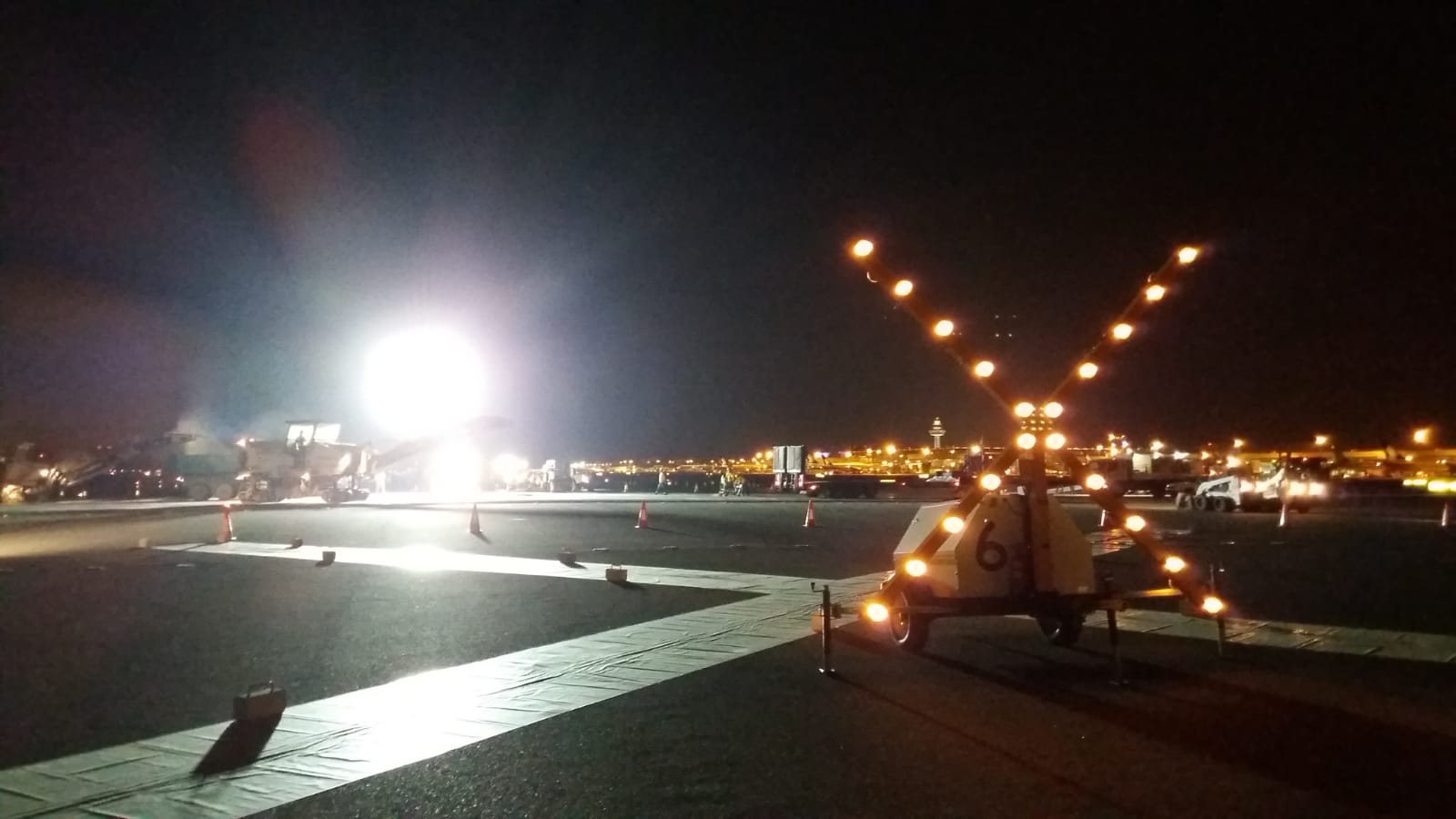


X marks the spot not to cross at both ends of the runway
For runway maintenance works to run smoothly, being fully prepared beforehand is key. The runway needs to be closed, with two mandatory 6.2-metre-tall crosses demarcating both ends of the runway. These crosses act as a visual sign for pilots to note that the runway is not in operation as it is undergoing maintenance.
Maintaining the runway also includes the servicing of airfield lights which would require a specific tightening and untightening tool known as the torque wrench. This tool ensures that the crew apply the correct torque value to ensure that the bolts are secured, and that it will not loosen over time. This is important because loose bolts may end up becoming a Foreign Object Debris (FOD) which can disrupt airport operation.
The runway also requires repainting work to be done periodically to maintain clear and visible markings, ensuring safe and efficient navigation for aircraft during take-off, landing, and taxiing operations. As such, special paint has to be prepared beforehand to ensure there is enough for the four-kilometre-long runway. By being well-prepared beforehand and catering to the logistical demands of runway maintenance, the crew can work efficiently and avoid mishaps.
3. Machinery adds muscle power to the maintenance works
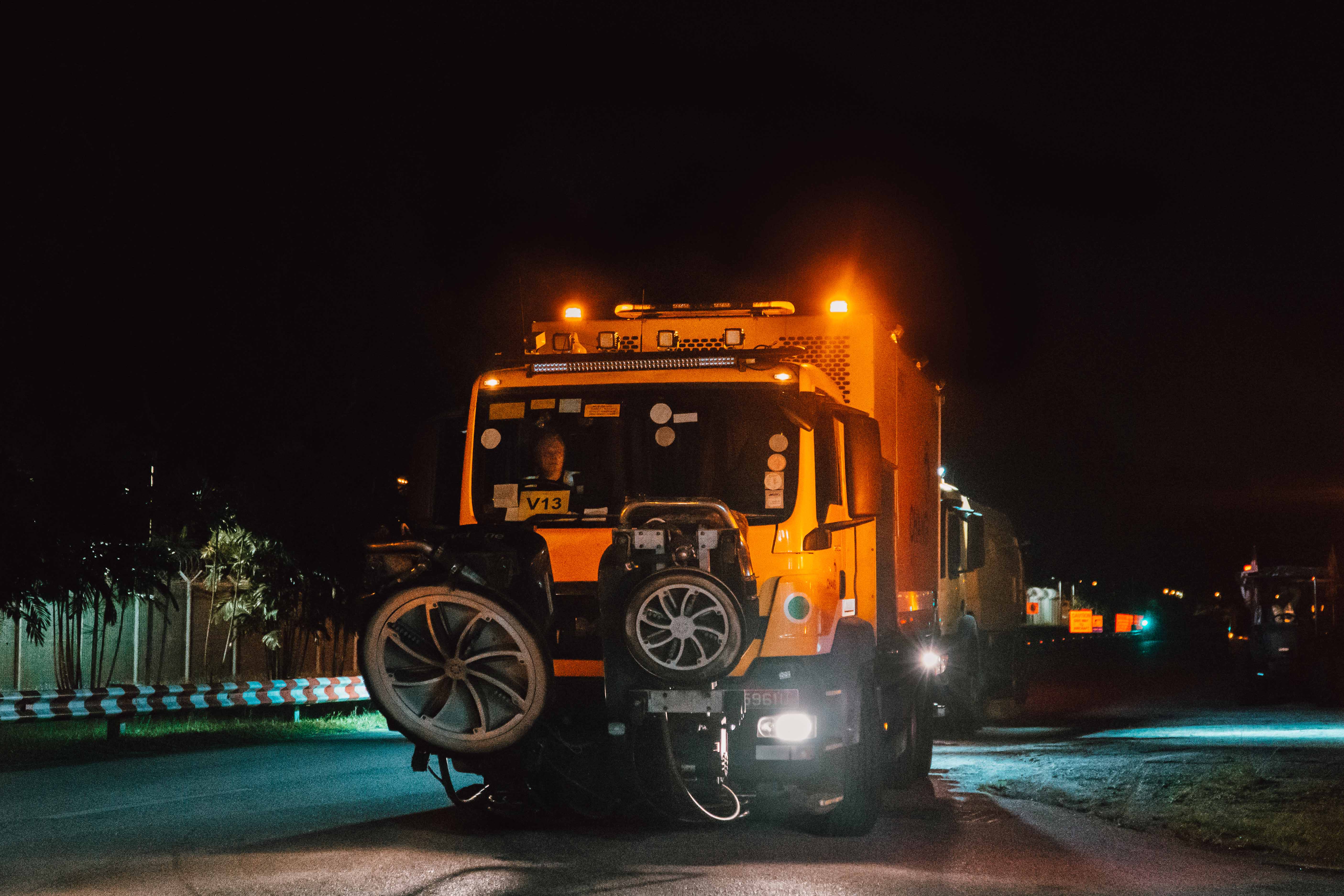


New rubber removal machine to remove rubber residue that builds up overtime
With so much ground to cover, it is inevitable that the maintenance crew must rely on machines to facilitate their work. In fact, new equipment such as a rubber removal machine was procured with the intention to boost productivity levels. The rubber removal machine is deployed to remove rubber residue that tends to build up overtime as aircraft tyres deposit them on the runway surface during landing. If not dealt with, the rubber build-up could reduce friction on the runway surface, increasing the likelihood of aircraft skidding. This rubber removal machine utilises ultra high-pressure suction to remove rubber build-up, operating at a speed of 3,000 sqm/h.
Grass cutting machines are also used to trim grass surfaces alongside the runway, which is essential in maintaining a neat and well-groomed landscape. More importantly, keeping the grass surface short and neat reduces instances of bird congregation as they are attracted to tall grass. Bird activity at the runway needs to be minimal as bird strikes can be a significant threat to aircraft safety.
4. The runway maintenance crew is one of Changi Airport’s many silent heroes
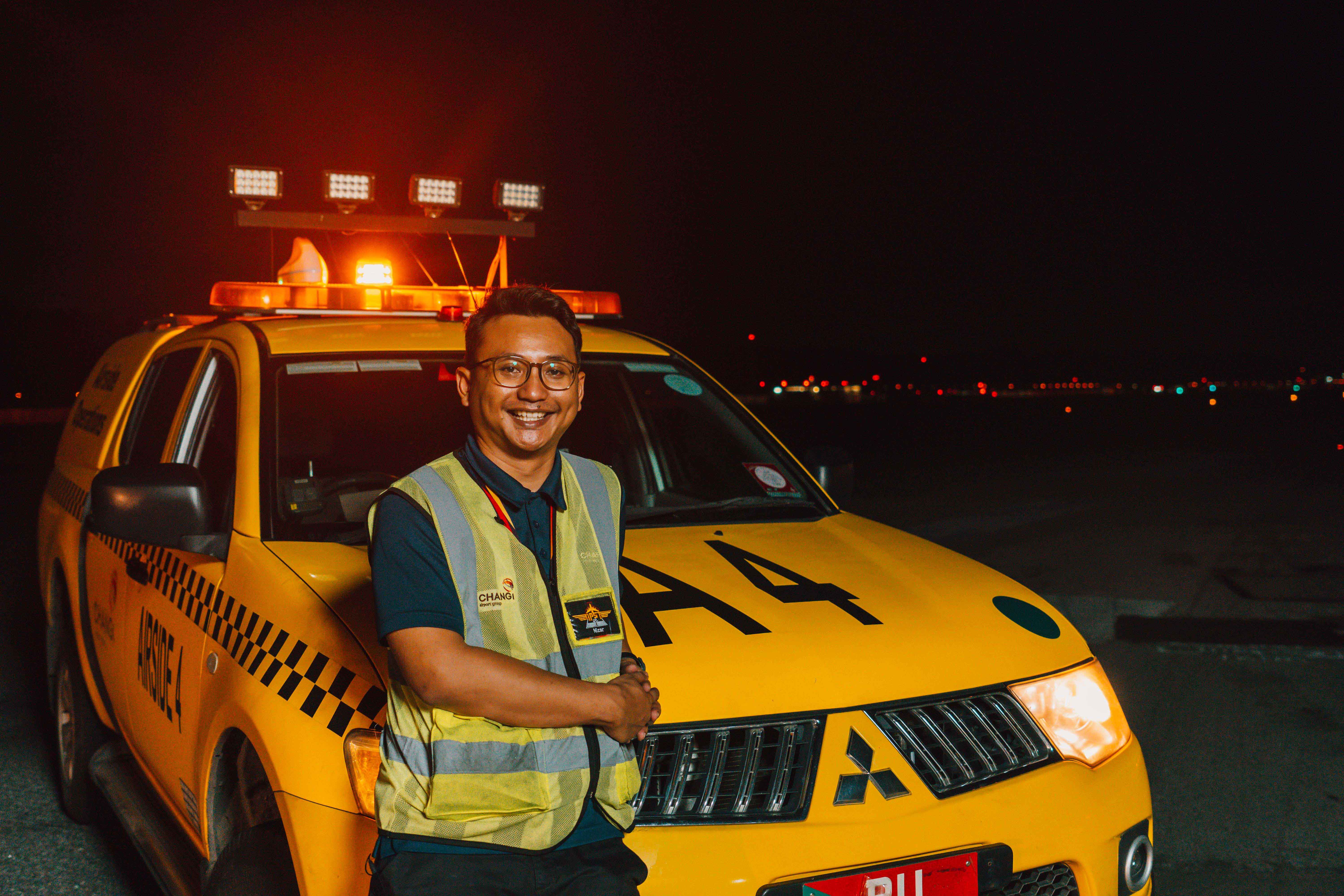


Nizar at runway 1 during one of the scheduled maintenance works
While the rest of the world is sound asleep, Changi Airport’s runway maintenance crew works tirelessly into the night to keep our runway in tip-top condition, ensuring that safety is always upheld at the highest level. Muhd Nizar Sazali, Principal Support Officer, from Airport Operations Control, shared, “I would like to say that our job scope is quite unique, not everyone can do it. It looks simple but behind the scenes there is actually a lot of work. I am proud of my job because essentially, I ensure the safety of the runway in Changi Airport for operations to run smoothly.”
With air traffic returning to pre-pandemic levels, the runway maintenance crew will be stepping up their maintenance schedule to twice a week. Watch a video of how runway maintenance is done here:
Other Articles
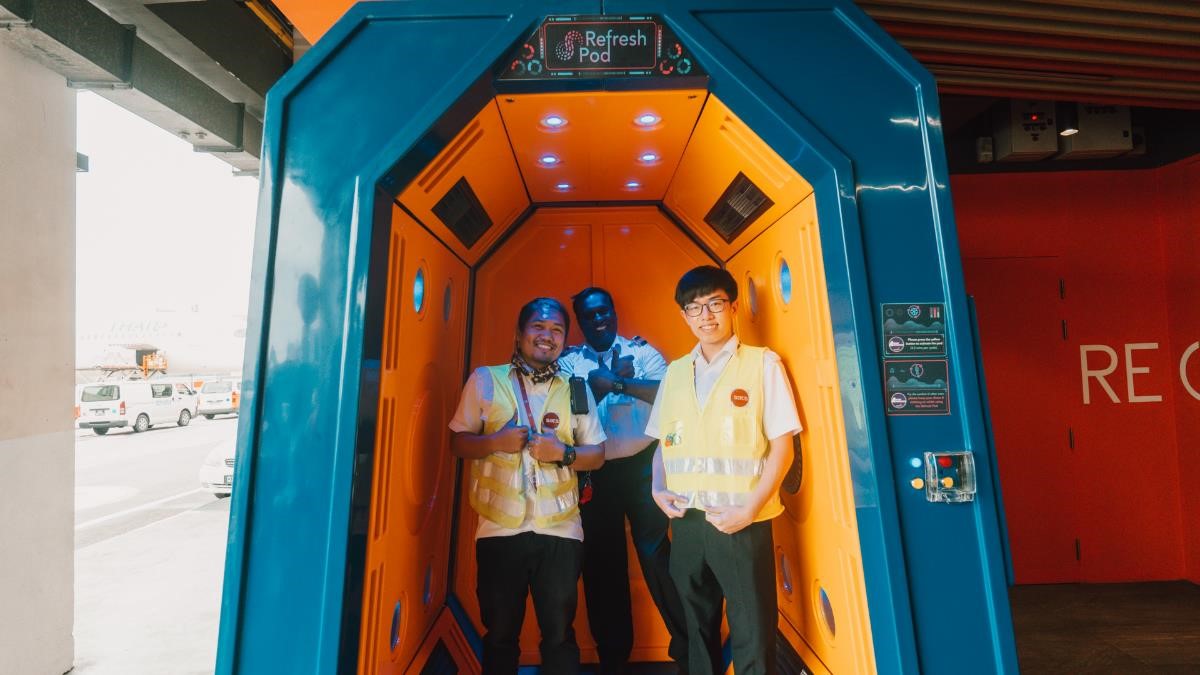
How Changi keeps its airside workers cool
From a new refresh pod to water trucks and UV arm sleeves, find out what it takes to beat the heat.
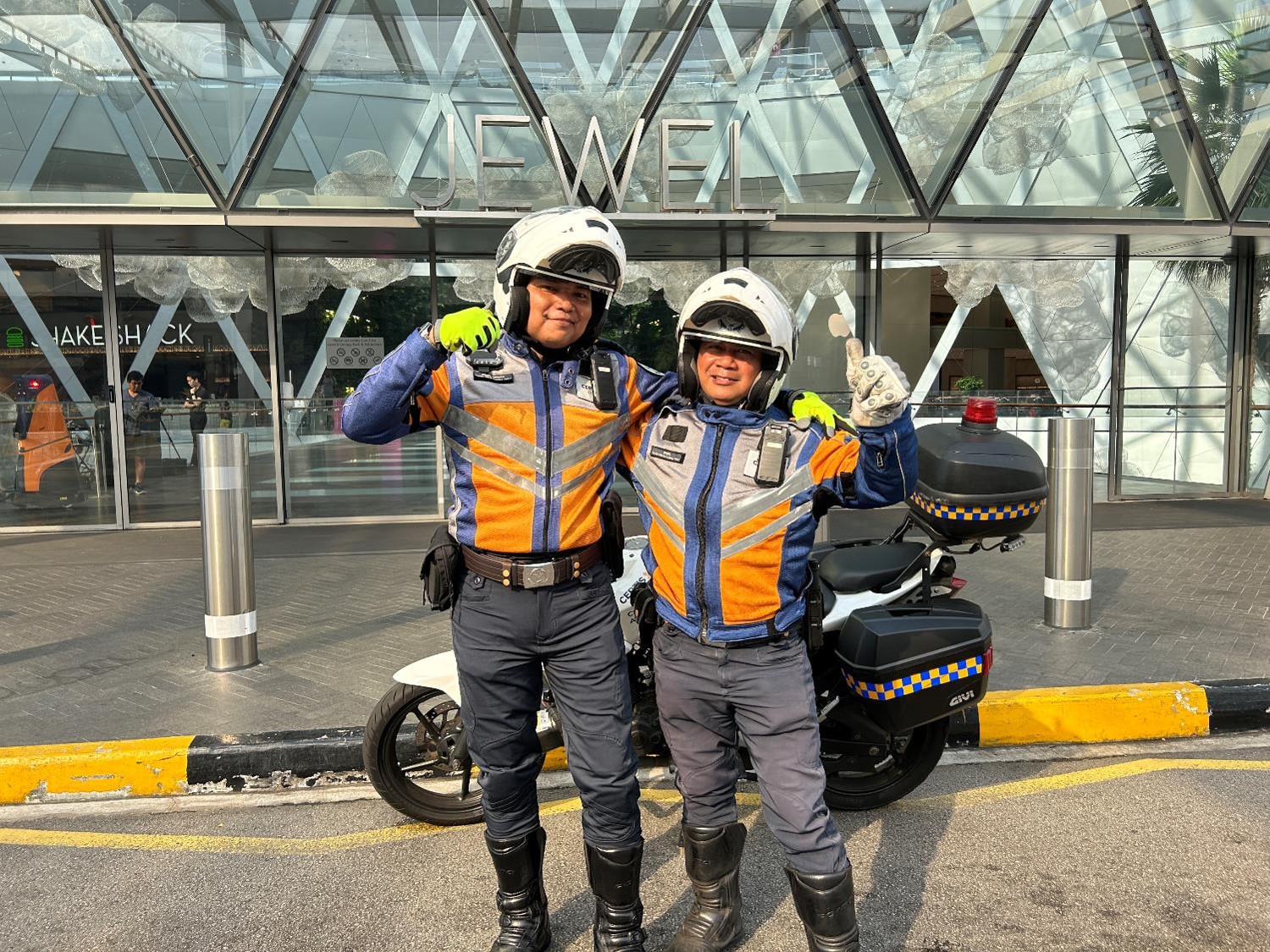
The Certis guardian road angels of Changi

On LinkedIn@ChangiAirport
Changi Airport has been taking ‘concrete steps’ towards sustainability with how we re-pave our aircraft parking aprons through an innovative engineering technique.


